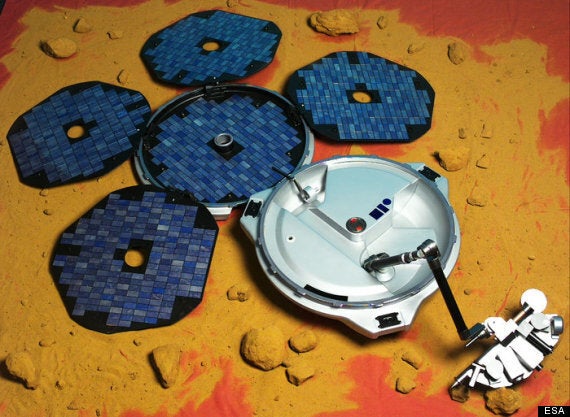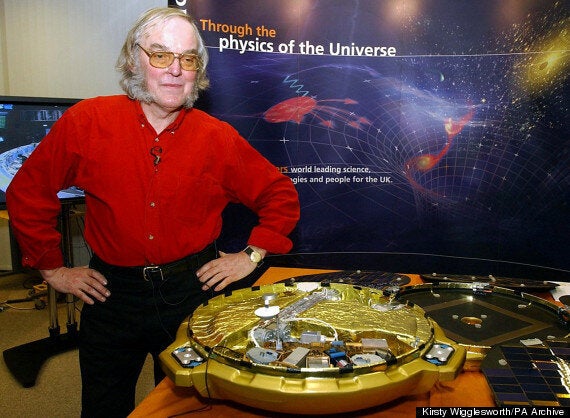The Beagle has landed. Or at least, we might be about to find out that it did, after all.
Yesterday we reported the news that the UK Space Agency had scheduled a press conference for Friday for an "update" on the doomed British Mars lander Beagle 2, sent to its untimely end on the red planet in 2003.
Reports now suggest that the probe may have been spotted near its intended landing site.

The UK Space Agency announced that it would provide an "update" on the ill-fated craft, which vanished while attempting a Christmas Day landing on the planet in 2003, in a briefing on Friday but is refusing to discuss in advance what will be revealed.
But according to the Times, a senior space scientist who has had sight of the images of Nasa's Mars Reconnaissance Orbiter said they showed an object "about the right shape and in about the right place" to be the lost lander.
The paper's source added: "It tells us how close it got to the right landing spot and that it was in one piece."

And Shane Byrne, a scientist at the University of Arizona operating a highly-detailed camera called HiRise, told the Guardian: "HiRise is the only camera at Mars that can see former spacecraft like Beagle 2. It's definitely pretty close to its intended landing spot, no matter what. It entered the atmosphere at the right time and place."
But a UK Space Agency spokesman said: "Obviously there will be a lot of speculation but we can't say anything at present. It will definitely be of interest."
The Beagle 2 initially hitched a ride with the European Space Agency's Mars Express orbiter and was designed to search for signs of past or present life. It was successfully released from the orbiter on December 19 2003, but the expected signal confirming touch down on Christmas Day was never received and the probe was presumed lost.
A subsequent report on the failure was unable to come to a definite conclusion about the craft's fate. It was thought unlikely that it "missed" the planet or burned up in the atmosphere. Other possible scenarios involved malfunctions of Beagle 2's parachutes or cushioning airbags.
In 2005 Professor Colin Pillinger, the late Open University scientist who was the driving force behind Beagle 2, claimed images of the Martian surface may have revealed a fuzzy glimpse of Beagle 2.
He thought the probe might have hit the ground too hard, due to the atmosphere being thinner than usual because of dust storms.
According to Prof Pillinger, who died in May last year, the images captured by the US space agency Nasa's Mars Global Surveyor orbiter suggested that Beagle 2 came down in a crater closed to the planned landing site.